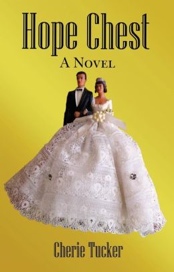Take a Number
by Cherie Tucker
In a recent article in the newspaper, I noticed this bit:
“. . . the presence of one fish or two or 10 is . . .”
When you are writing about numbered items, it is important to keep related numbers below and above 10 in the same style, either in all figures or all words. The text above shows how disruptive the abrupt change from words to figure can be.
There are some other things to keep in mind about numbers. If you are writing about a number that has only one or two syllables, write it out. (Hyphenated numbers, such as twenty-one, count as a single word.)
· I’ve proofed this a milliontimes.
· She called two hundred donors last year.
· We had more than a thousandresponses this time.
When writing dates, avoid adding pronunciation tips like “th” or “rd” to the number when the day follows the month. It’s written: March 3—not March 3rd. However, if the day comes first, then you may write “It’s on the 3rdof March.” There are exceptions in legal and formal writing, but not in everyday use that we’re talking about here.
Another consideration with the use of numbers that is often written incorrectly is the use of the comma after the year in a written date. When you write the month, day, and year, it should be written with a comma after the day and then after the year: April 17, 2012, was our last meeting. The commas serve as an interruption, telling the reader to stop for a moment to see which April 17 is being written about and then as another interruption to tell the reader that the interruption is over. Not putting in that second comma is like leaving out the other half of a parentheses and leads to misreading. Notice the difference in meaning:
When we met on April 17, 2012, it was in this same restaurant.
When we met on April 17, 2012 seemed so far in the future.
In the first sentence, the pair of commas interrupts the sentence for a bit of clarification as to which April 17. In the second sentence the comma is left off to tell the reader that the introductory bit is over. If you omit the needed comma, you lose control of the reader and cause confusion. A writer should be sure that never happens.
Cherie Tucker, owner of GrammarWorks, has taught writing basics to professionals since 1987, presenting at the PNWA conference. She currently teaches Practical Grammar for Editors at the University of Washington’s Editing Certification program and edits as well. GrammarWorks@msn.com.


